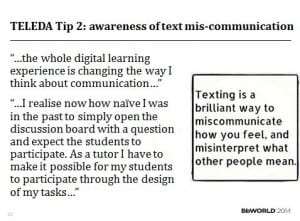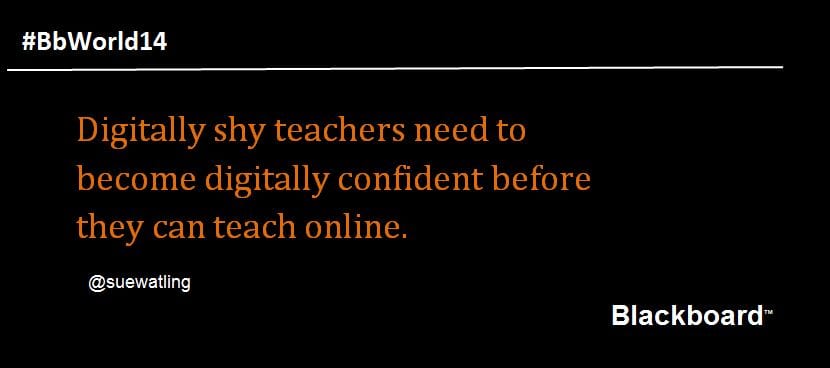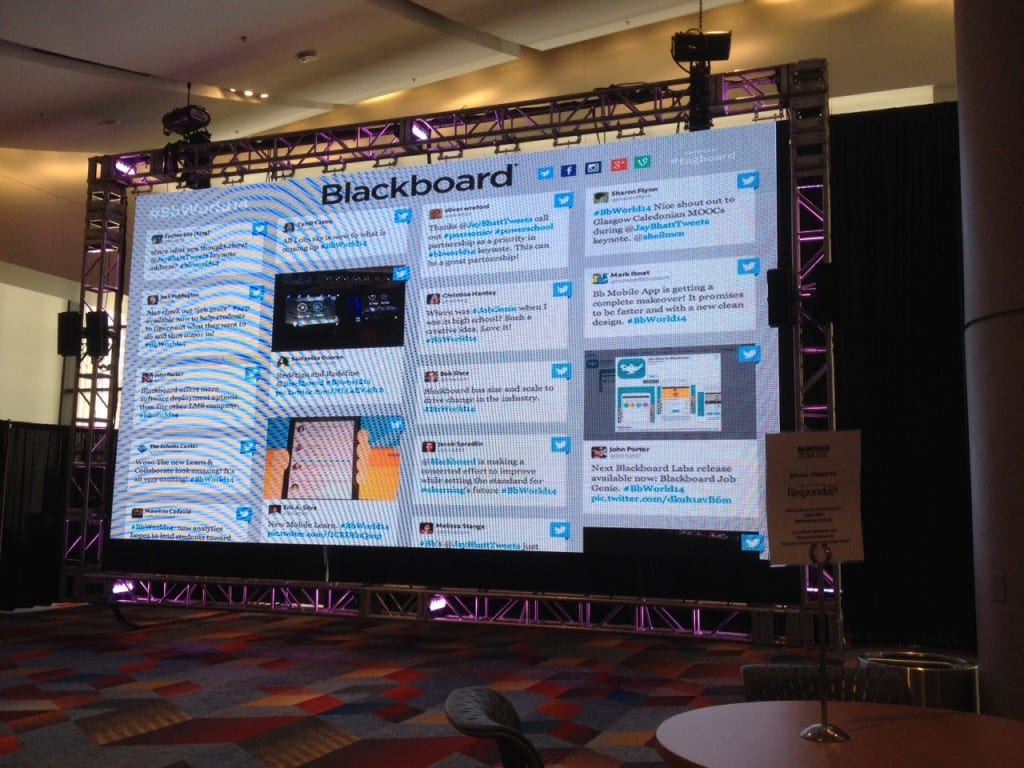When time is tight and research squeezed into whatever’s left of the working week, it’s a case of learning on the job. Hindsight is a wonderful thing! There’s little time for being pragmatic or always having pre-event reflection. It’s more act first, think later. When it came to the interviews and transcriptions I made some mistakes but hopefully learned from them too. In June I listed ten tips for managing p/t doctoral research https://suewatling.blogs.lincoln.ac.uk/2014/06/05/ten-top-tips-for-managing-part-time-doctoral-research/ Regarding interviews I can now include – with confidence – the following advice:
- Test the volume, speed and microphone connection – every time.
- Don’t rely on the recorder to preserve your data – back up back up and back up again
- No biscuits – eat and talking don’t pair well.
- Allow for pauses; the verbal gaps are not spaces for you to fill.
Transcribing my interviews was also an action orientated process. I slowed the recorder speed and typed. For hours. Every repetition, deviation and hesitation all faithfully reproduced. Apart from aching hands and an overheating laoptop it was ok. A folder of MP3 files and transcripts felt like real progress. Then I started DIY NVivo and realised I’d done it again. Gone in head, hands and feet first without reading the literature.
NVivo was a good point to break the habit and do some preparatory reading on text analysis and coding. Here I came across guidance on transcription. Steinar Kvale says beware of transcripts – or was that be aware. The change of medium from verbal to written means within the process things risk getting lost or taken out of context. Transcripts are not transparent but can mislead – which will come as no surprise if you’re of the interpretivist persuasion. What was surprising were attitudes towards the process. Tedious, boring, onerous, time consuming – 1 hour of interview often compared to 5-6 hours transcription. I heard one lecturer on You Tube advocating paying to get them done, claiming he hadn’t transcribed for the last ten years. Silverman lists common mistakes made by external transcribers, many confirming the need to be aware or beware e.g. ever for never, formal for informal, was for wasn’t etc. I didn’t mind the transcription at all.
There’s no better way to start the process of getting to know your data than transcribing an interview. If it’s tedious and boring then something’s wrong. The transcript is the first read through and a valuable opportunity to begin the mental mind map. A transcript is a verbal snapshot of the moment so should be verbatim, include all repetitions, deviation and hesitations, and be carried out by the researcher. In the way photo-shopping is frowned on for misrepresenting the truth, so transcripts should contain attention to detail. The transcription process is the end of the interview and the beginning of the data analysis stage. Not getting anything lost in the translation from speech to text is critical. Researchers are in positions of power and have a responsibility to record with accuracy everything that was said.
———————————————————————————————————————————————————-
Silverman, D. (1997) Qualitative research: theory, method and practice. London: Sage























